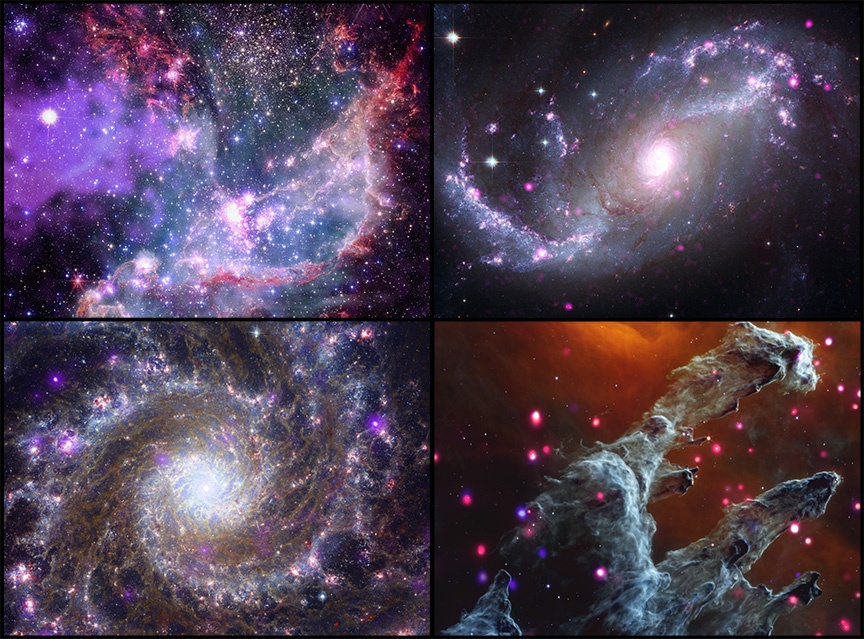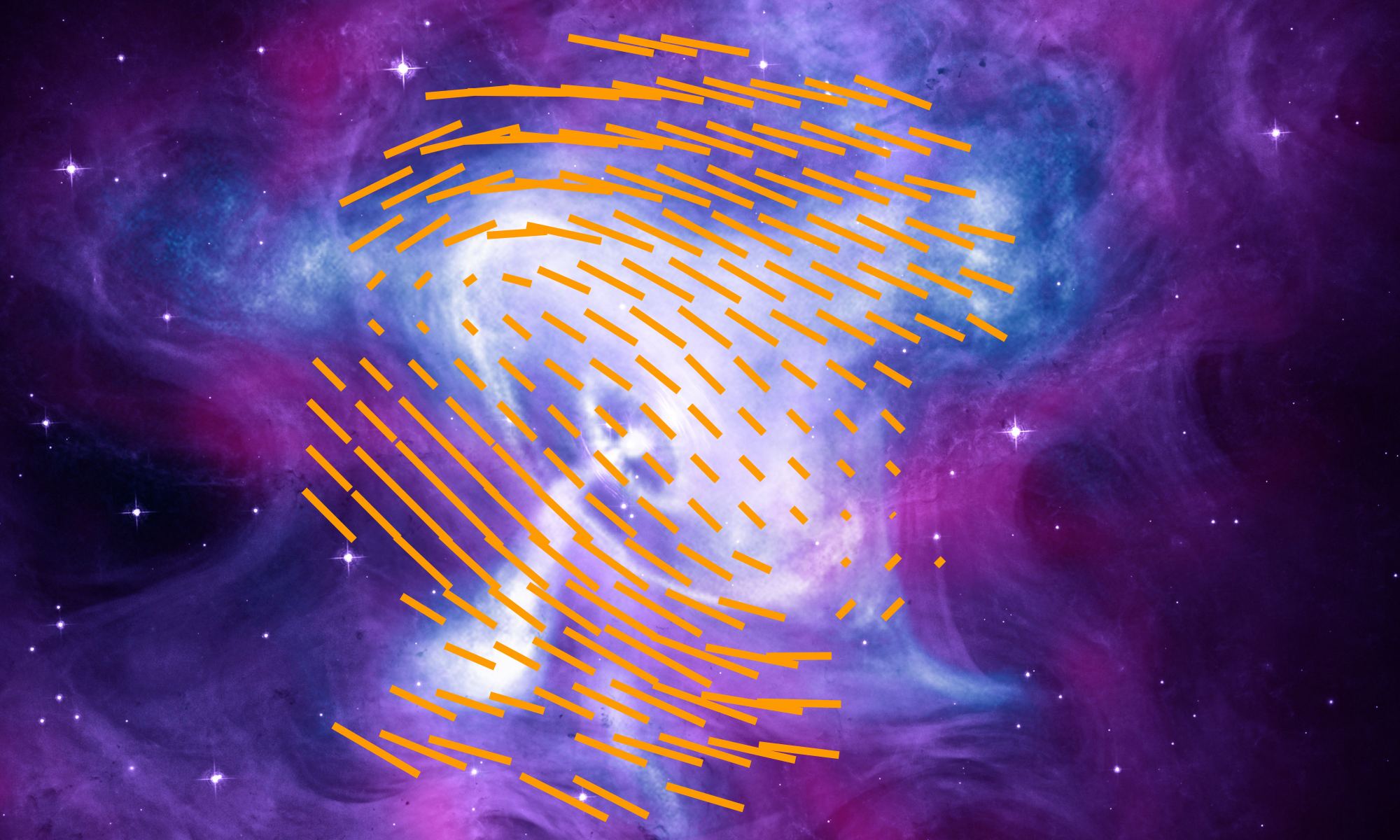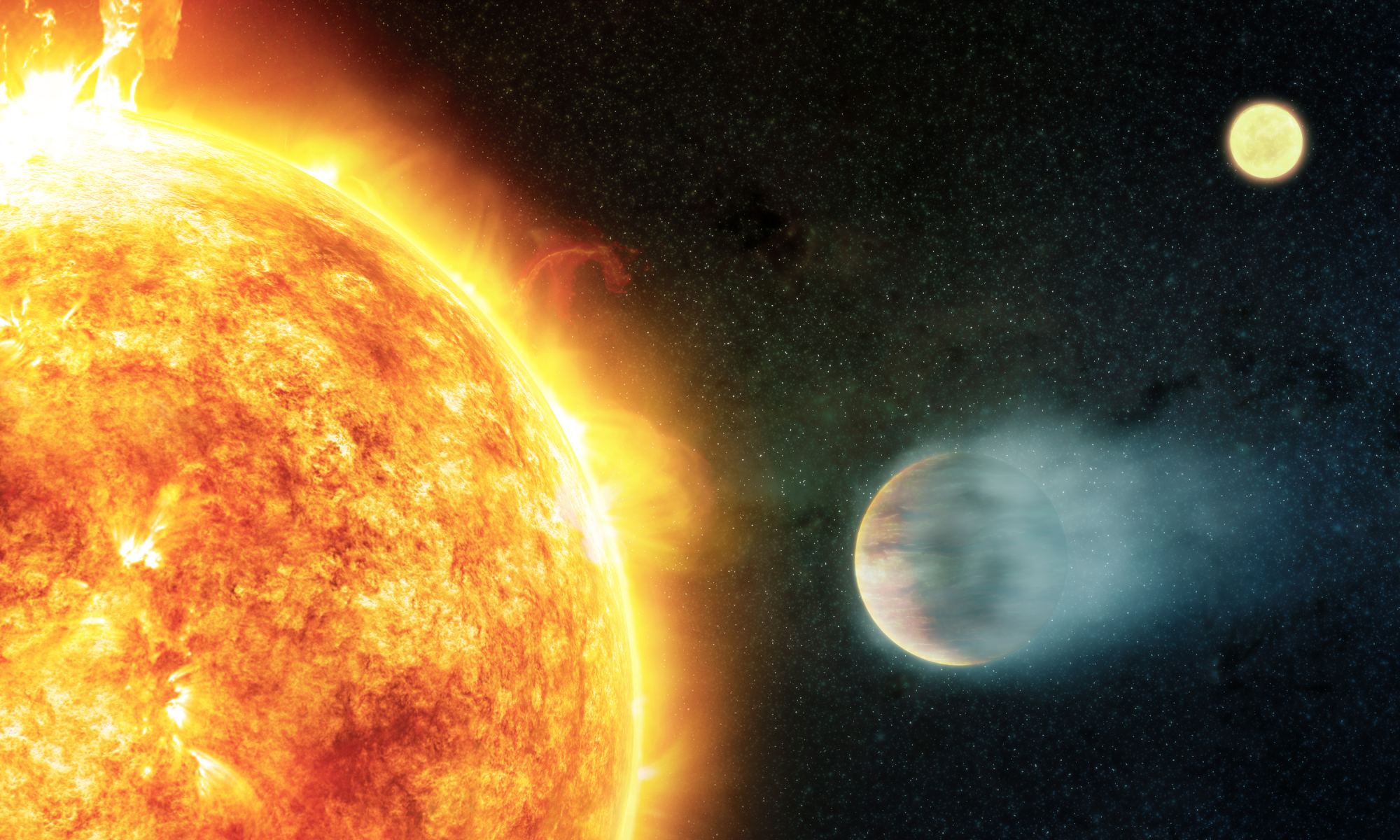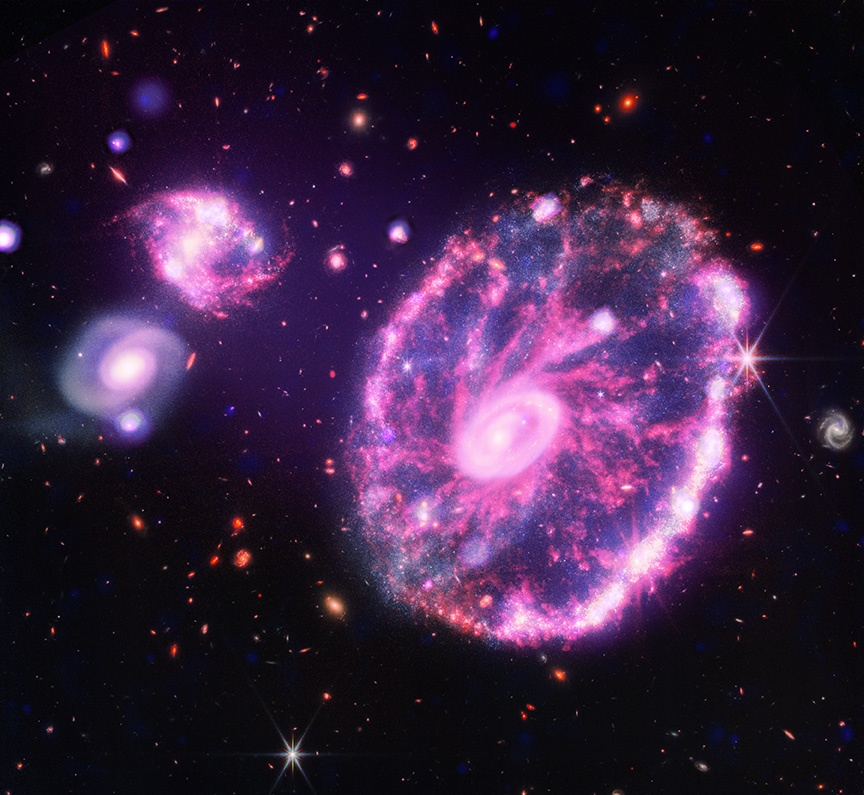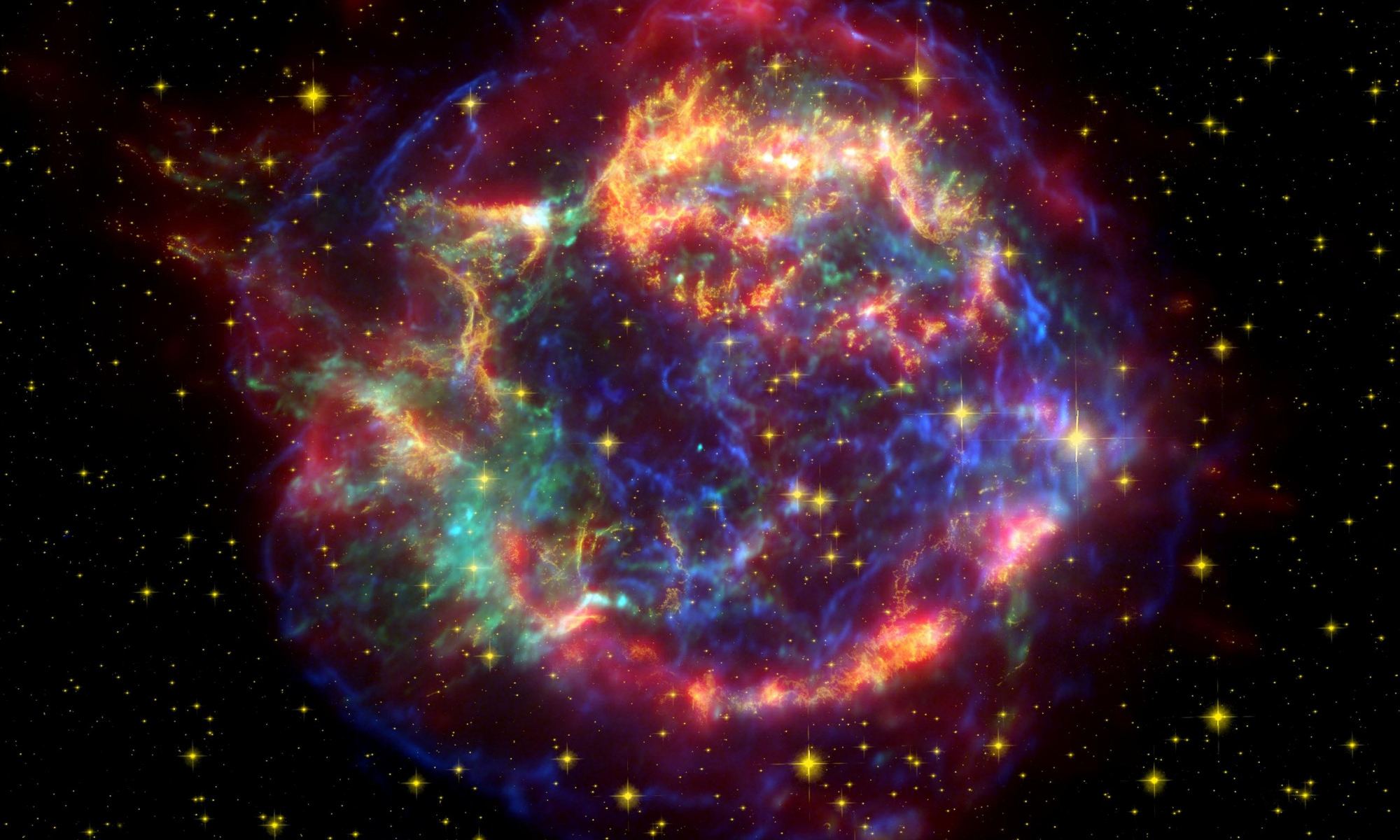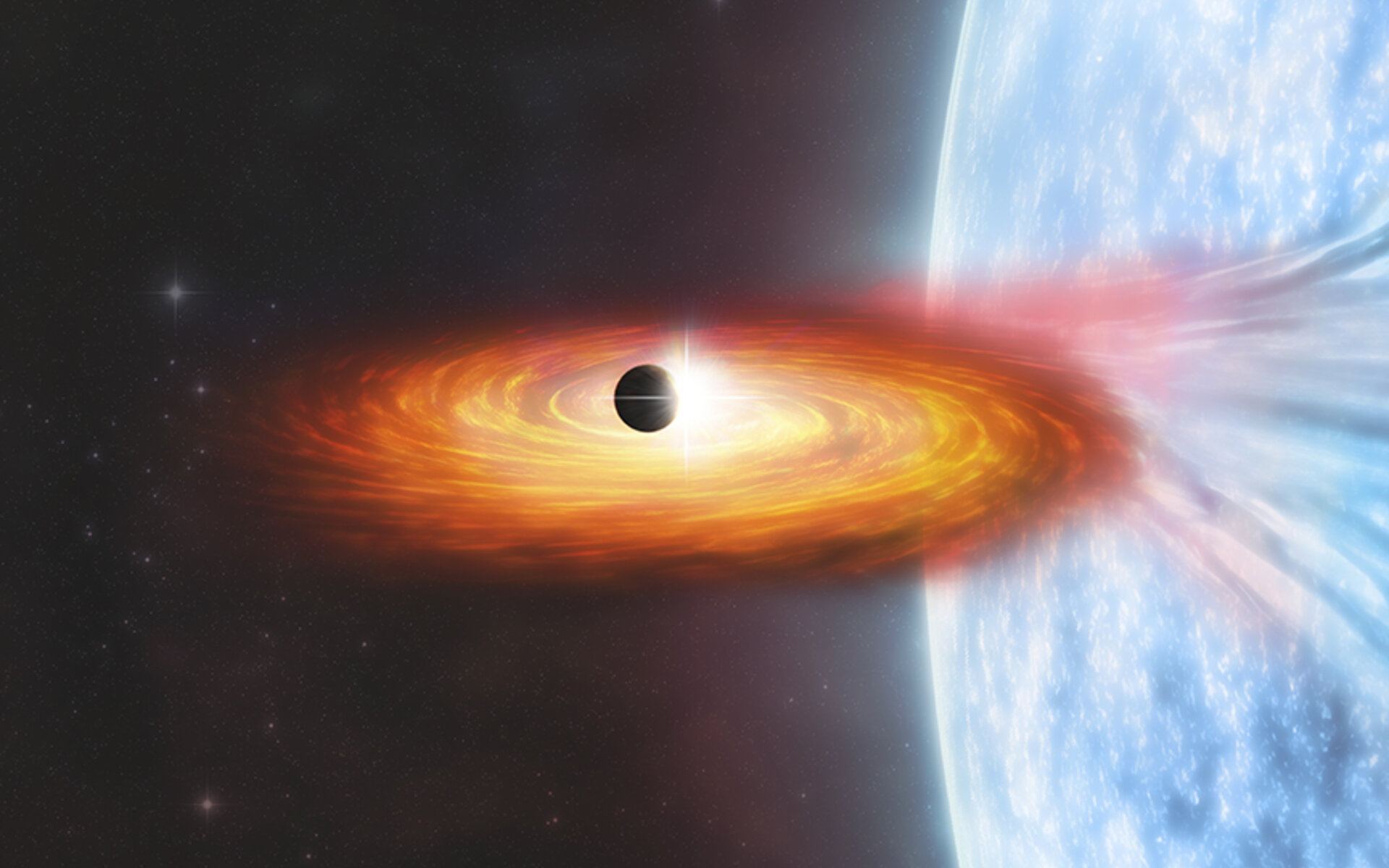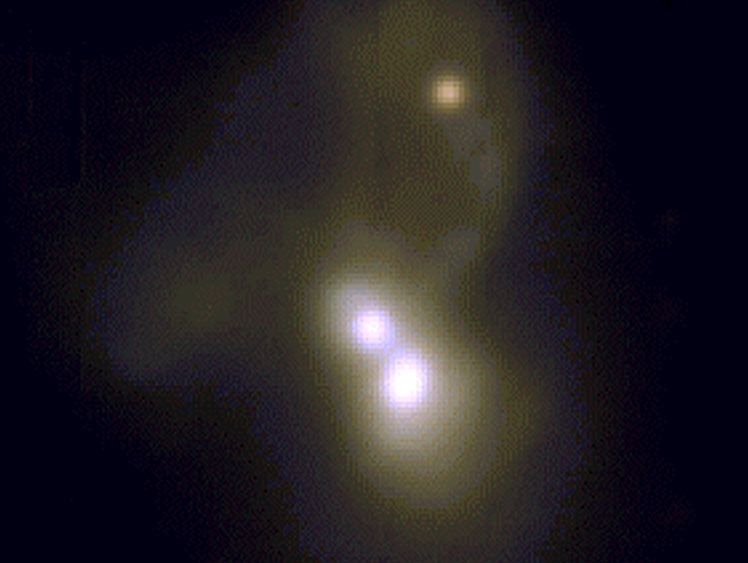New images that combine data from NASA’s Chandra X-ray Observatory and the James Webb Space Telescope (JWST) JWST have just been released! The images feature four iconic astronomical objects, showcasing the capabilities of these observatories by combining light in the visible, infrared, and X-ray wavelengths. These include the NGC 346 star cluster located in the Small Magellanic Cloud (SMC), the NGC 1672 spiral galaxy, the Eagle Nebula (Messier 16, or M16), and the spiral galaxy Messier 74 (aka. the Phantom Galaxy).
These objects were made famous by the venerable Hubble Space Telescope, which took pictures of them between 1995 and 2005. Since it commenced operations, the JWST has conducted follow-up observations that provided a sharper view of these objects that captured additional features. Hubble and the JWST even teamed up to provide a multi-wavelength view of the Phantom Galaxy last year. By adding Chandra’s famed X-ray imaging capabilities to Webb’s sensitivity and infrared light, these latest images provide a new glimpse of these objects, revealing both faint and more energetic and powerful features.
Continue reading “Chandra and JWST Join Forces in a Stunning Series of Images”
